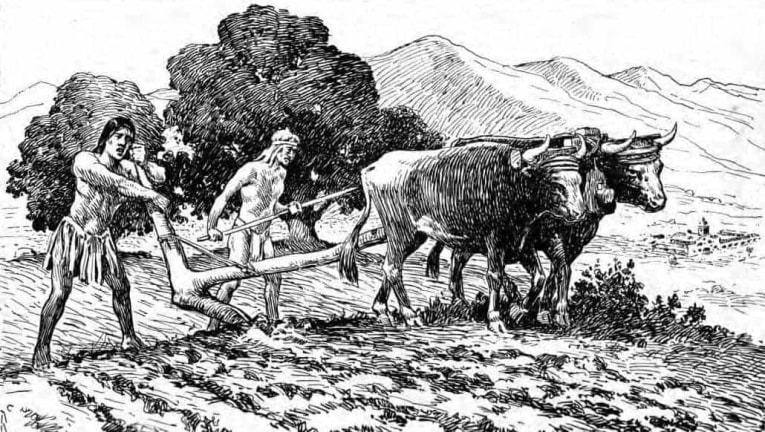A Short History of Agriculture & Civilisations
Agrarian history is covered on some of our small group package tours for mature and senior travellers. Morocco, Egypt, Sri Lanka, India and Australia all have had interesting roles to play in Agricultural development within their communities and also to trade with other communities. Review the list of articles and tours to learn more.
16 Dec 19 · 6 mins read
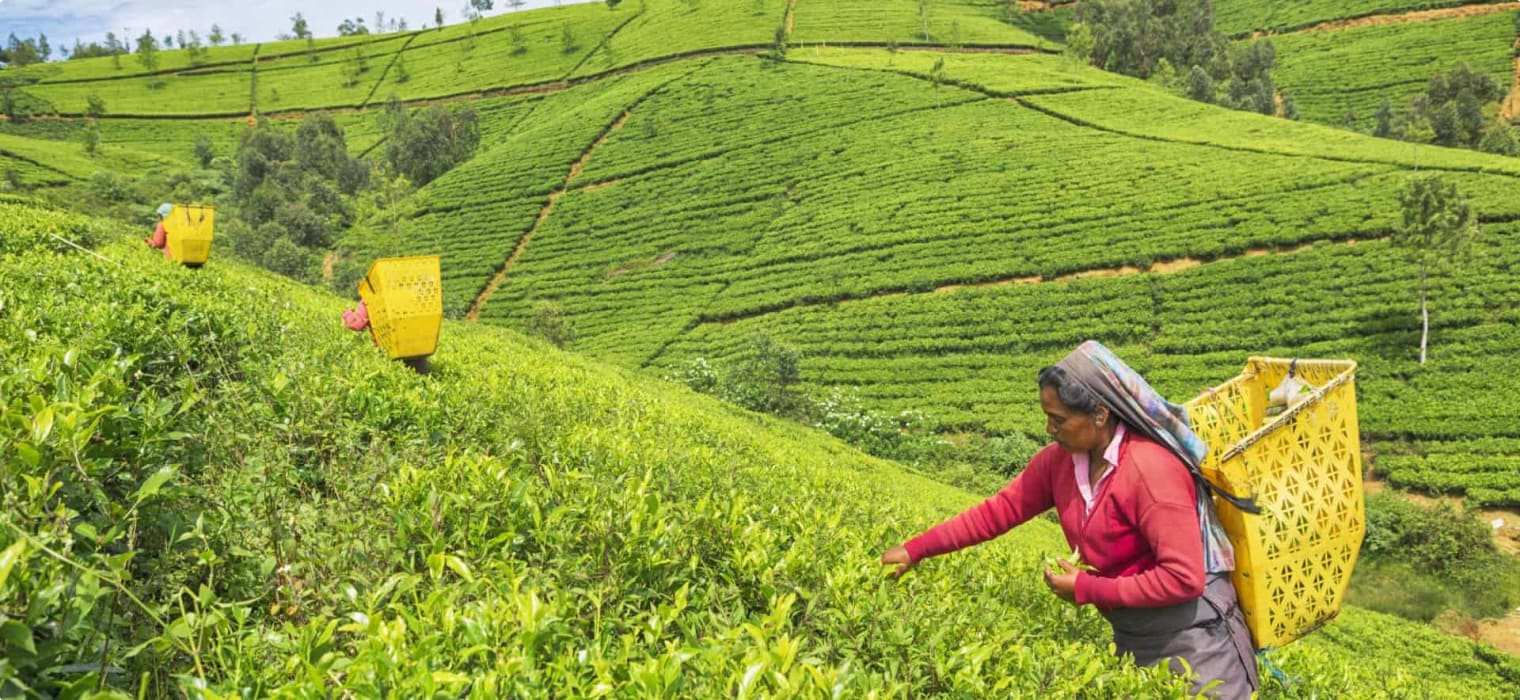
A Short History of Agriculture
On top of a six-storey building in Paris’s 15th arrondissement, the urban-farming company Agripolis is building what will soon be Europe’s largest urban farm. The Guardian reports in August 2019 that the farm “will span approximately 14,000 sq metres (150695 sq feet)” and will house 30 different plant species to be tended by 20 gardeners. The produce will be grown using organic methods, and will be used as ingredients in a planned on-site restaurant. What makes this urban farm unique, other than its size, is that it will be grown using “aeroponic vertical farming”–a novel technique that requires no soil and no pesticides. (Read more from the source article.)
Large scale urban farming, new techniques–these innovations are much-needed as world governments deal with climate catastrophe and food insecurity. In this article, let’s take a step back and look at a brief overview of the history of agriculture, as we contemplate what lies ahead.
Odyssey Traveller specialises in tours designed for mature-aged and senior travellers, and we will also provide suggestions for related tours towards the end of this post.

From hunter-gatherers to farmers
The development of agriculture during the Neolithic era (starting circa 4500 BC or about 12,000 years ago) had an enormous impact on human society. A new study, reported in 2015, is contending that trial plant cultivation may have begun way earlier–23,000 years ago–based on the discovery of the first weed species at a human camp site on the shore of the Sea of Galilee.
As hunter-gatherers, humans moved from place to place to forage for food, but the development of agriculture gave rise to permanent settlements, larger populations (as food could be grown to meet demand), cities, and civilisations. By 5,000 years ago, most people were farmers.
Fertile Crescent
Agriculture developed independently, perhaps simultaneously, in different parts of the world. It is believed the end of the last Ice Age led to its development, a response to melting ice that led to higher sea levels and warmer temperatures. These conditions allowed annual plants to grow, like wild cereals.
According to Rhitu Chatterjee (2016) on NPR, “The earliest farmers lived in the Fertile Crescent, a region in the Middle East including modern-day Iraq, Jordan, Syria, Israel, Palestine, southeastern Turkey and western Iran.” The Fertile Crescent was also where humans first domesticated animals, namely cattle, goats, sheep, and pigs, and raised them as livestock.
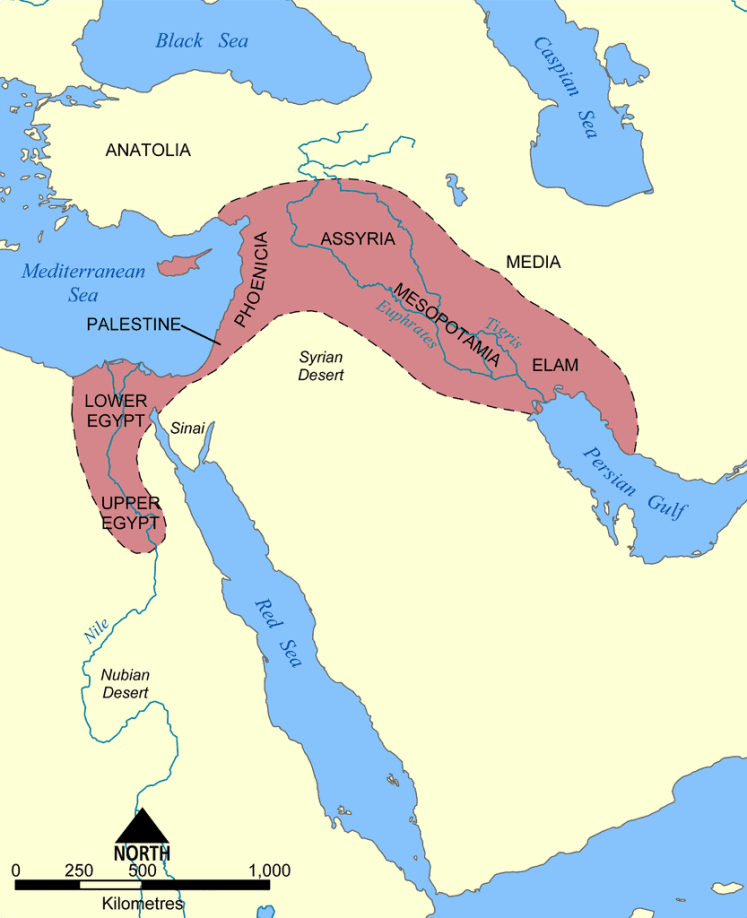
These multiple populations (not a single distinct population, as initially theorised) from the Fertile Crescent then migrated to other parts of the world, taking their farming methods with them. By the early Neolithic, homes were equipped with grinding stones to process grain.
Civilisations Grow Near Water
Due to the requirements of agriculture–fertile land, plenty of water–the civilisations that thrived were those that lived near rivers and seas. As we’ve written before, Egypt, one of the world’s first civilisations, had the greatest wealth of any known state in the ancient Middle East, and this wealth was derived from its annual crops. Thanks to the fertile land near the Nile, Egypt had consistent high crop productivity, which ensured that Egypt had large surpluses that they could store to guard against famine or crop failure.
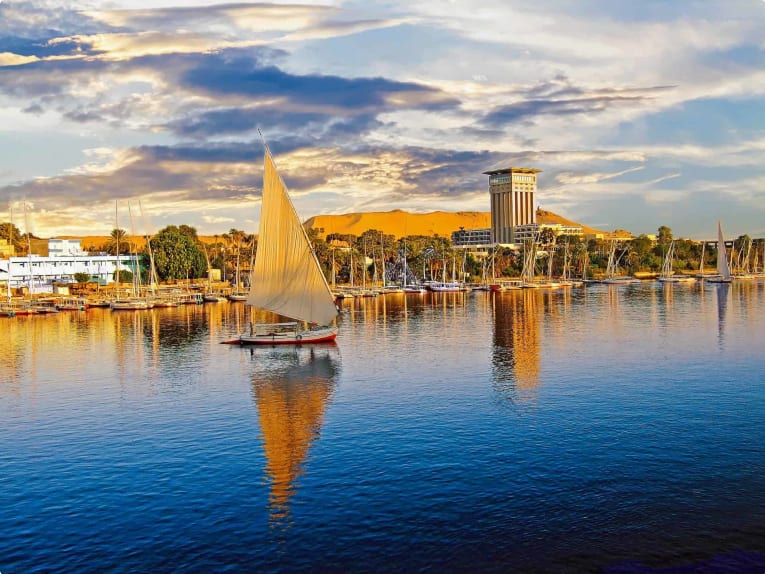
In the Americas, the oldest domesticated plant was the squash, discovered in southern Mexico. Corn (maize) is also prominent in the region’s archaeological record, but its origins are still not clearly understood.
In Asia, there has been evidence of the use of wild rice in ancient times. Rice was later domesticated, with communities growing close to water. The world’s oldest known rice paddy fields were discovered in eastern China in 2007.
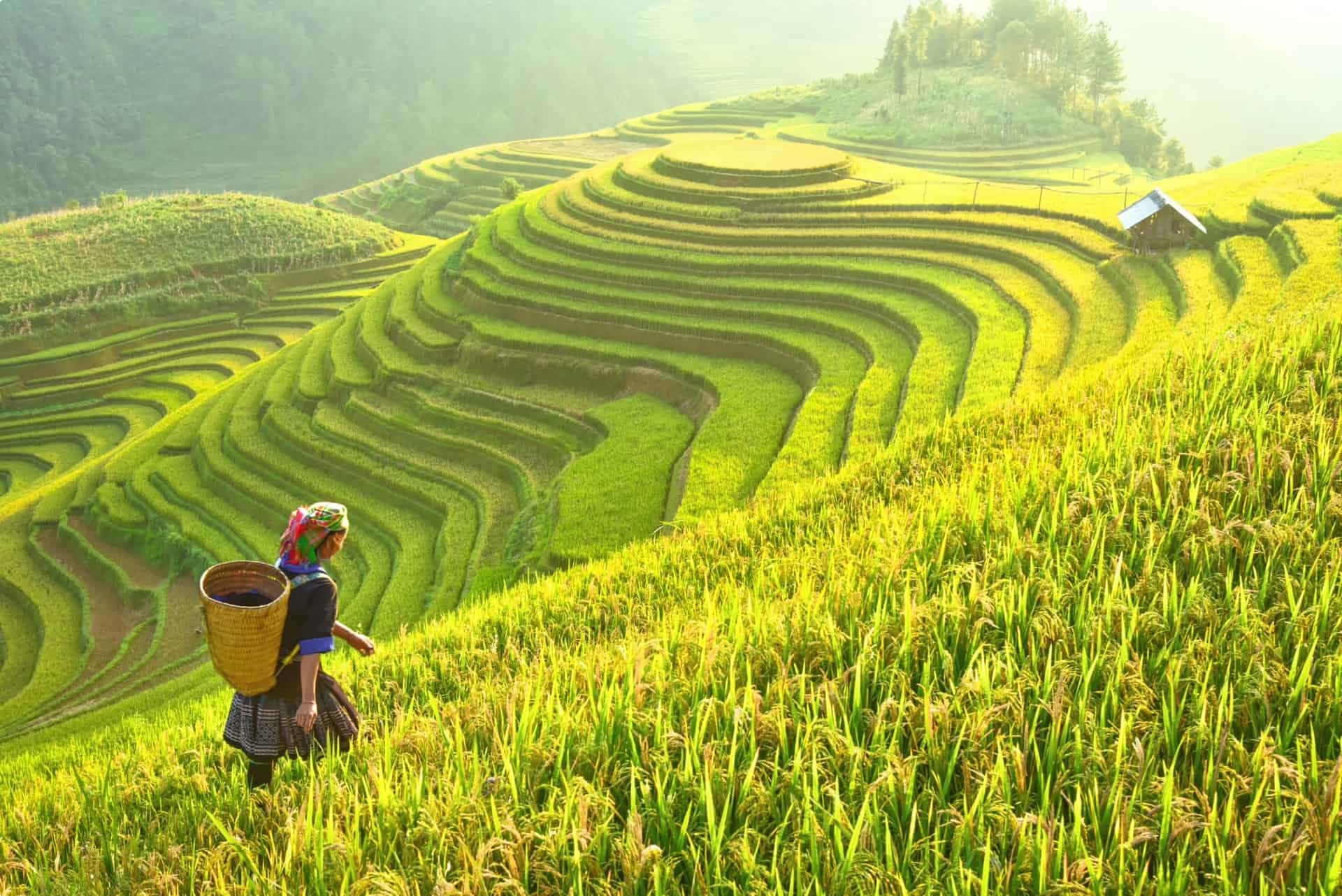
Agricultural Innovations
Farming continued to develop with improved tools. In the west, many of the hand tools developed during the Roman era–plow, mattock, harrow, and the sickle–retained their basic shape until modern times. Gray, Rasmussen, et al (2019) point out that even as early as 234 BC, emphasis was on production of goods (wine and oil) for sale, instead of simply growing crops to feed the population.
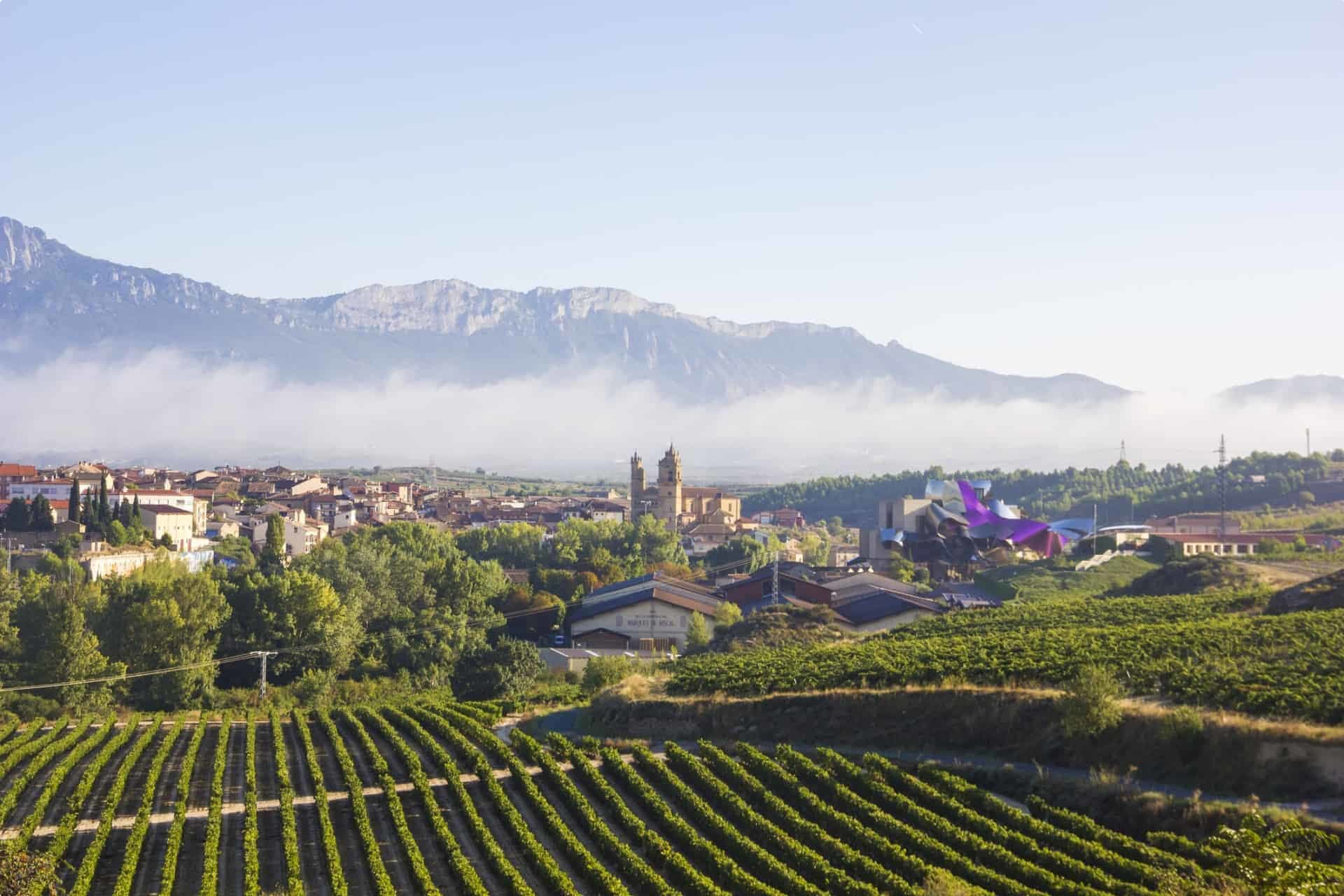
The open-field system of farming which was prevalent in Europe–characterised by long strips of arable land, crop rotation, and common fields for grazing of livestock–was first seen in the year 800, the time Charlemagne was crowned Holy Roman Emperor.
Agricultural advances continued through the Middle Ages, until recession hit at the end of the 13th century, brought about by various factors: bad weather, the Black Death, the Hundred Years’ War. Agricultural recovery from the disasters began in the 15th century, which coincided with the Renaissance.
Even more rapid innovations occurred in modern agriculture in the 20th century. Animal breeding and artificial breeding selecting for higher weight, better fertility, increased milk production, and even heat- and insect-resistance led to new breeds and higher livestock production. Manufacturing was also boosted by the use of electricity, a more versatile and stable power source compared to steam or gasoline. Insecticides began to be used in the 1940s, but its indiscriminate use was halted by research and a return to less chemical-reliant methods.

Agriculture as “a catastrophe”?
Researchers are re-thinking more than insecticide: what if the adoption of agriculture itself was a mistake? Taken in its holistic sense, agriculture is “encouraging useful plant and animal species and discouraging others” (Gray, Rasmussen, et al,2019). Did we perhaps do more harm than good?

In 1987, American anthropologist and historian Jared Diamond wrote that “recent discoveries suggest that the adoption of agriculture, supposedly our most decisive step toward a better life, was in many ways a catastrophe from which we have never recovered.”
This thesis was revisited in 2017 by Darren Curnoe, Associate Professor and Chief Investigator, ARC Centre of Excellence for Australian Biodiversity and Heritage at UNSW. He says Diamond was right. Below are some of the points he raised:
- agriculture changed the diet of humans compared to our hunter-gatherer ancestors, limiting our diet to just a handful of crops
- agriculture led to a population explosion, “climbing to 100 million people by 5,000 years ago, and reaching 7 billion people today”; hunting-gathering communities were smaller compared to agricultural permanent settlements, which housed more people
- 75% of infectious diseases suffered by humans come from domestic animals
- a growing population led to social and economic complexity, which led to inequality and warfare
Certain produce–sugar, tea, cotton, spices–have been valued more than others at certain points in human history, and it has led to disastrous decisions that damaged cultures and countries, such as the Trans-Atlantic Slave Trade, where Europeans enslaved Africans to produce sugar, coffee, tobacco, rice, and cotton and the Opium War between Britain and China.
Moving Forward
Curnoe says the bad outweigh the good, but “we have to make it work better than ever”.
Jeremy Lawrence Caradonna, Adjunct Professor of Environmental Studies at the University of Victoria, has observed that conventional farmers are now borrowing techniques from organic farming–“to reduce the use of pesticides, artificial fertilizers and excessive tillage, and to increase on-farm biodiversity, beneficial insects and soil conservation”–making the latter method more mainstream.
Perhaps the large-scale urban farm being constructed in Paris is a step in the right direction.
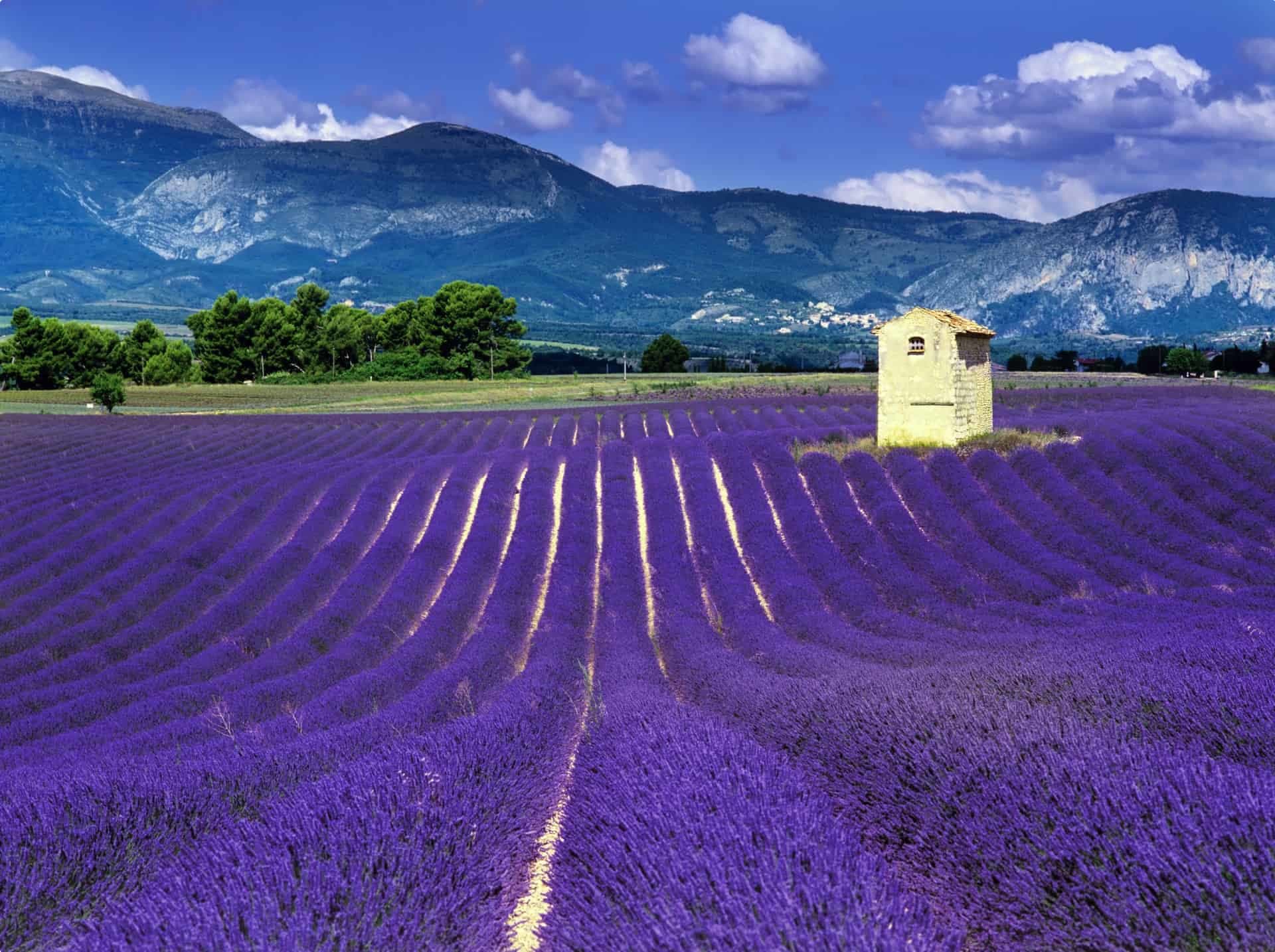
If this article made you want to visit Paris, you can check Odyssey Traveller’s tours to France. On the Paris-Bordeaux-Provence tour, take a leisurely tour of the French countryside, travelling by train from Paris to Bordeaux to Provence and back, over the course of 20 days.
We also have a tour focused on Agrarian and Industrial Britain which covers two major events in British history. The Agricultural Revolution beginning in the early 1600s, which led to improvements in farming, producing improved plant varieties and animal breeds, and the Industrial Revolution.
The Villages of England tour focuses on English country life. Other tours to the British Isles can be found here.
Our Southern Africa tour lets you explore not only wine farming in the region, but also ostrich farming.
For more details, just click through the links and sign up!
Related Tours
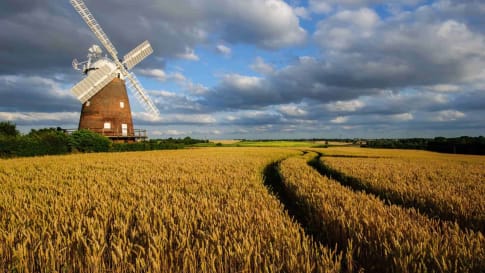
23 days
AprAgrarian and Industrial Britain | Small Group Tour for Mature Travellers
Visiting England, Wales
A small group tour of England that will explore the history of Agrarian and Industrial period. An escorted tour with a tour director and knowledgeable local guides take you on a 22 day trip to key places such as London, Bristol, Oxford & York, where the history was made.
From A$17,275 AUD
View Tour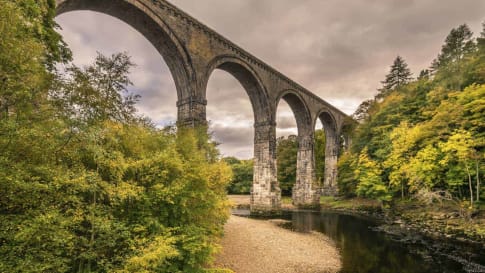
23 days
Oct, Apr, SepCanals and Railways in the Industrial Revolution Tour | Tours for Seniors in Britain
Visiting England, Scotland
A small group tour of Wales, Scotland & England that traces the history of the journey that is the Industrial revolution. Knowledgeable local guides and your tour leader share their history with you on this escorted tour including Glasgow, London, New Lanark & Manchester, Liverpool and the Lake district.
From A$17,860 AUD
View Tour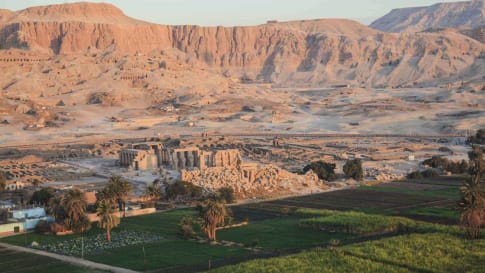
18 days
Nov, JanEgypt tour: escorted small group history & cultural tour of Egypt
Visiting Egypt
Our small group program for senior and mature couples and solo travelers takes us to contemporary feats such as the Aswan Dam and also to current crucibles of the Egyptian experience such as Tahrir Square. Proof, were it needed, that Egypt’s role as the pivot of civilisation is far from ended. There is the opportunity to visit our Morocco, Jordan or Iran tours before embarking on this tour of Egypt.
From A$12,950 AUD
View Tour
22 days
Apr, Sep, MayGreece small group escorted history tour
Visiting Greece
Our 22 day small group tour explores the land of great philosophers, myths, and legends. We will learn about the culture and heritage of modern Greece whilst exploring and learning Athens, which only found independence in its uprising from the Ottoman Empire in the 19th century.
From A$14,145 AUD
View TourArticles
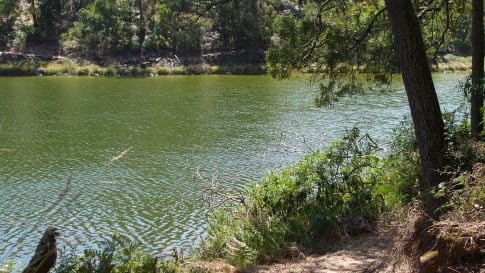
Budj Bim Cultural Landscape, Victoria
Article for escorted small group tour about this program visiting UNESCO World Heritage sites in Victoria, South Australia & NSW. Exploring and learn about Budj Bim cultural landscape for mature and senior travellers .

Aboriginal land use in the Mallee
Learning about the Mallee for a escorted small group tour of South Australia and Western Australia for mature and senior travellers. Understand the Mallee & Wildflowers relationship and the indigenous community land use.
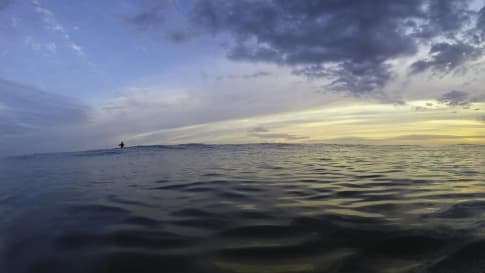
Atlantic Ocean and How it Shaped Ancient Communities In Europe
Article of interest for senior couples and mature solo travellers joining a small group European tour to Faroe Islands, Scottish Isles, Morocco or Portugal. Focus is on the early exploration of the Atlantic.

The Golden Years of Lisbon
Successfully breaking the Venetian monopoly on spices and also cornering the African market made Portugal cash-rich. Pepper, which the Portuguese bought for two cruzados (gold coin) a sack in Cochin, India, was sold for 30 cruzados in Lisbon.
